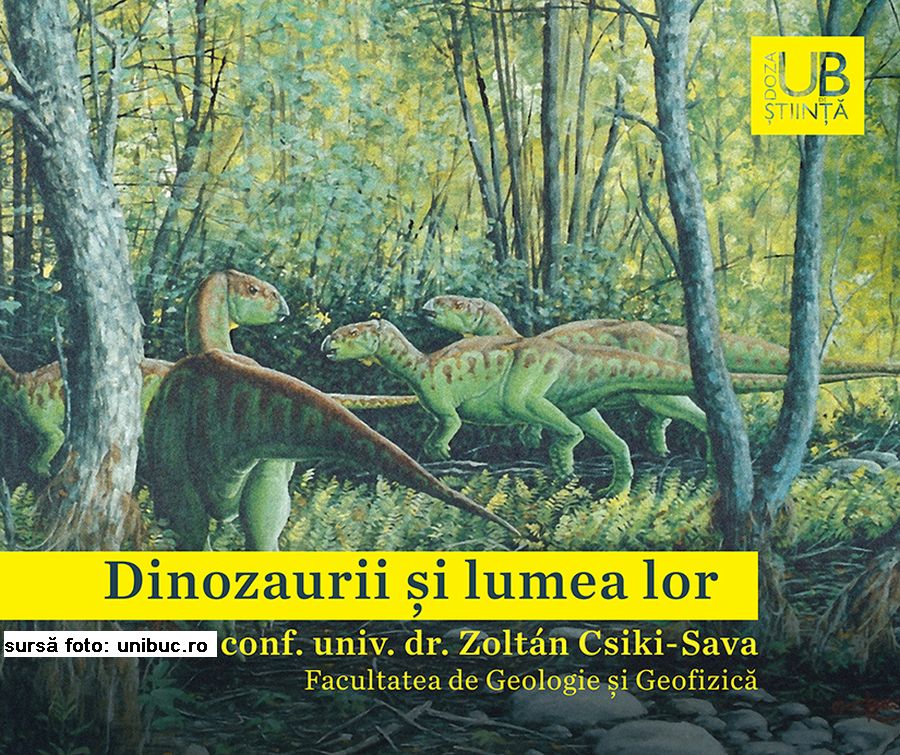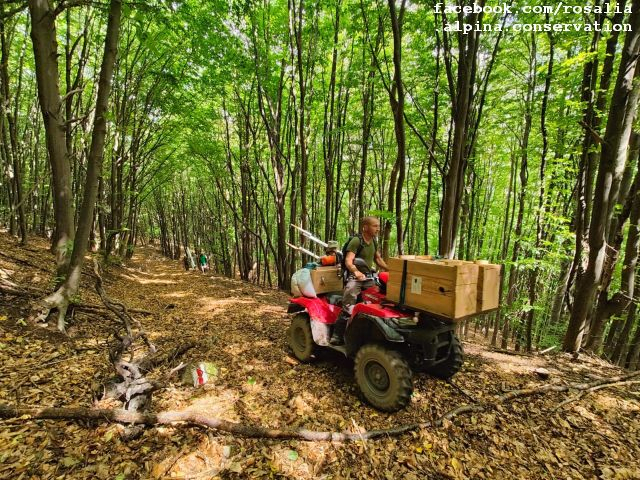Noise pollution in Romania
Noise has increasingly become a challenge to modern societies, one that can cause serious health issues

România Internațional, 26.04.2024, 12:34
Noise has increasingly become a challenge to modern societies, one that can cause serious health issues, such as heart and circulatory diseases, caused by long-term physiological and emotional effects, as well as a reduction in the quality of sleep. Noise, everyone knows, is annoying, disturbing and stressful. Few people can adapt to a noise-polluted environment, and in big cities housing in quiet areas is hard to find and often more expensive. But who produces this noise: primarily traffic – road, rail and air. In cars, noise pollution comes from the interaction of the tires with the road when accelerating or decelerating. We also have engine noises and the sound produced by air friction, depending on how aerodynamic the car is. The situation is similar for trains, while for airplanes the main problem is during take-off and landing. Other sources of noise are industrial installations. The construction sector is also a source of noise pollution. In turn, the speed and direction of the wind, as well as the air temperature, can modify the trajectory of the sound waves, and as a result they can influence their propagation much further from the initial source.
After transport and industry, individual human activities also come with a strong sound impact, says Alex Luchiian, Community Lead at pulse.eco, a noise monitoring platform. From this position, he manages and develops the information platform for Romania, by involving members in collecting and sharing data about the environment. Almost every action in modern society produces noise pollution, starting with mowing the lawn, automatically watering the flowers, washing the car. As well as everything that means actions to create comfort – compressors for air conditioning, central heating. Or through household appliances – washing machines, dryers, vacuum cleaners, refrigerators. Or through recreational activities: boat engines, ski jets and other marine vehicles that produce noise in aquatic environments, affecting aquatic fauna and coastal communities. In addition to these, we also pollute through entertainment – concerts, festivals, night clubs and other social events. Or through sporting events: stadiums and arenas can emit loud noises during matches, disrupting the surrounding communities. In Romania, Alex Luchiian shows in a material published online, almost 4 million people are exposed to a high level of noise produced by road traffic during the day and almost 3 million during the night. Almost 150,000 people are exposed to a high level of noise from rail traffic during the day and 133,000 at night. About 20,000 Romanians are affected by exposure to loud noises produced by air traffic, both day and night.
Romania is the worst in Europe when it comes to industrial noise pollution, with all the decline recorded by this economic branch. However, noise levels are increasing all over the world and this is having an impact on our health. Noise can be defined as a disordered combination of sounds with different frequencies and intensities, transmitted through the mechanical vibrations of the environment, which creates an uncomfortable, tiring and unpleasant sensation. It is measured in decibels and the value of 80 represents a threshold above which sound intensity becomes harmful. Excessive exposure to intense noise, especially over long periods of time, can lead to eardrum damage or even deafness. Long-term exposure to ambient noise is estimated to cause 12,000 premature deaths and contribute to 48,000 new cases of ischemic heart disease per year in Europe.
More than 22 million people suffer from high levels of chronic stress and 6.5 million people suffer from chronic high sleep disorders. However, it is likely that these health effects are underestimated and the reality is much worse. Noise pollution not only affects us but also wildlife. Anthropogenic noise causes a range of physiological and behavioral responses in terrestrial and marine animals, which can lead to reduced reproductive success, increased risk of mortality and emigration, resulting in population decline. Some solutions for reducing the sound level in cities: sound-absorbing asphalt, pedestrian streets, bike lanes, electric vehicles. In the railway area – the use of silent freight trains, the total ban on the use of wagons that do not comply with European regulations, the installation of silent brakes on passenger trains. In air traffic – modification of flight schedules and routes. As a conclusion – noise reduction is an important component of the “green transition”, towards a more sustainable way of life. (MI)






























